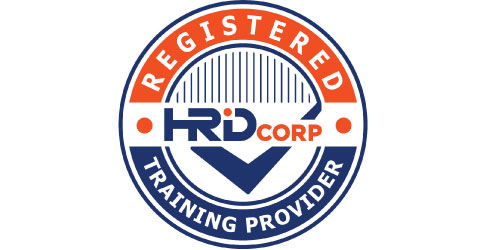Turning Data
Into Profits
Turning Data
Into Profits

Problem
A petrochemical company purchase raw material from oversea supplier. For each batch of incoming raw material, a Certificate of Analysis (COA) is issued by supplier’s analytical lab that performs a chemical analysis on the material to confirm the material meeting the required properties.
Since the property of raw material especially specific gravity is so critical which will affect the quality of final product, the company has their own chemical analysis facilities which perform the same analysis as carried out by supplier to double confirm the required specific gravity is within spec.
The data is collected through sampling from each incoming lot. A quality engineer has performed correlation study to identify the difference between incoming QC data and supplier data.
Data
Below are some of the data (specific gravity) collected by incoming QC lab and data provided by raw material supplier.

Bivariate Fit of SUPPLIER DATA By Incoming data

SUPPLIER DATA = 143.42819 + 0.0353698*Incoming data
RSquare 0.021645
RSquare Adj -0.0133
Root Mean Square Error 0.431214
Mean of Response 148.8167
Observations (or Sum Wgts) 30
Base on R square value, it shows that there is no strong correlation between supplier and incoming data. These two sets of data are significantly different even though there are collected from the same batch of raw material. From the above graph, there is one point which is located very far away from the rest. This point is considered as outlier. Further investigation is required to find out possible special causes. In order, to have in depth understanding on the difference between these two sets of data, the following analysis is conducted.

From the above analysis, it shows that incoming data is always on high side if compare to supplier data. For many cases, incoming data shows low repeatability. This indicates that the method used for sampling, measurement method, and even measuring equipment from both parties is significantly different which contributed to low correlation. Further investigation is required to double confirm the actual root causes.




Blue Ocean Data Solutions is a highly experienced company provides turnkey manufacturing solutions. With more than 10 years of experience serving a large customer base in manufacturing and hands-on expertise in programming, software and statistical data analysis combine with six sigma and lean manufacturing methodology, we assist our clients to solve complicated operation problems – yielding profitability increases and driving service and product delivery excellence.
Company
Contact Us